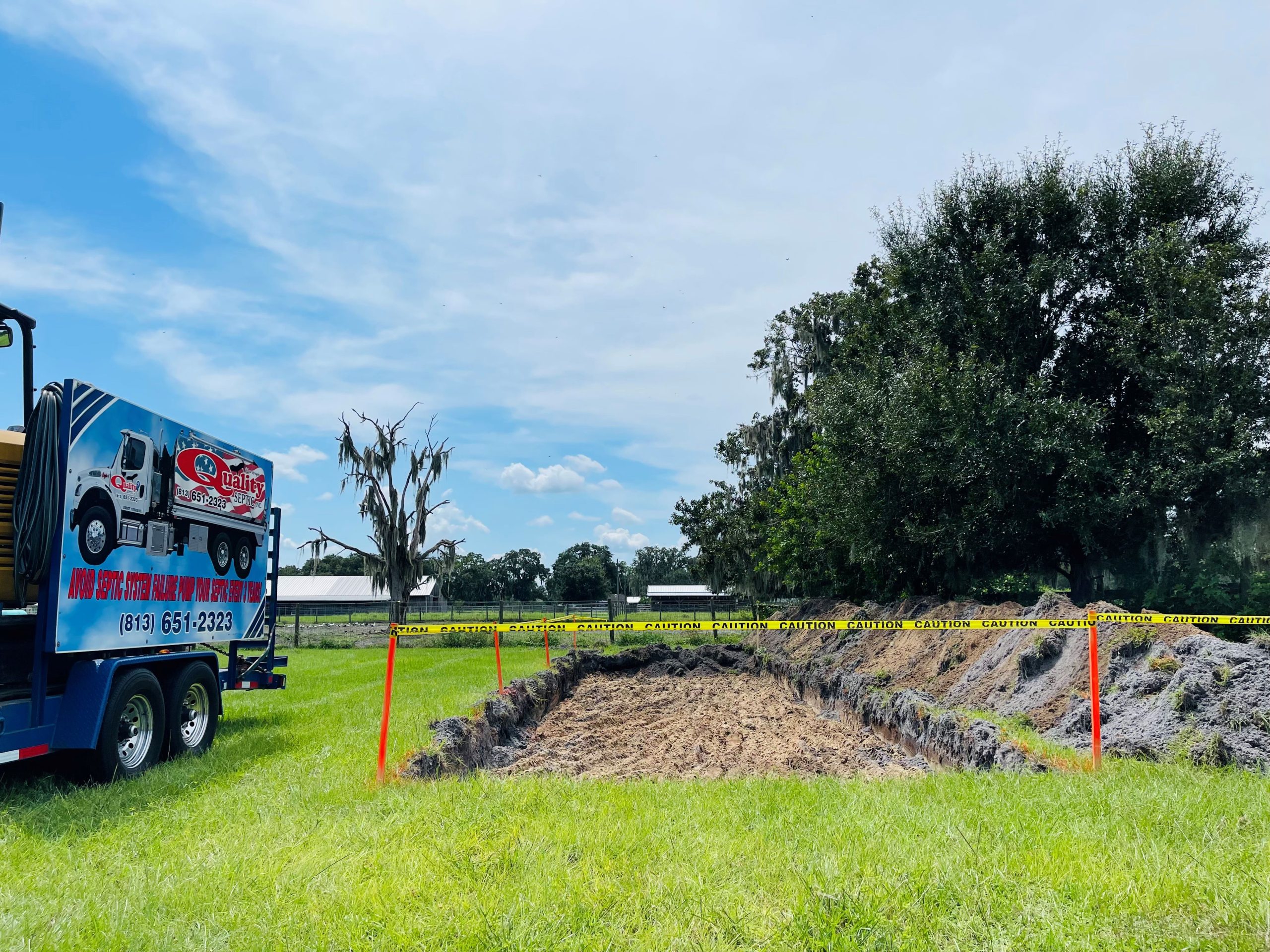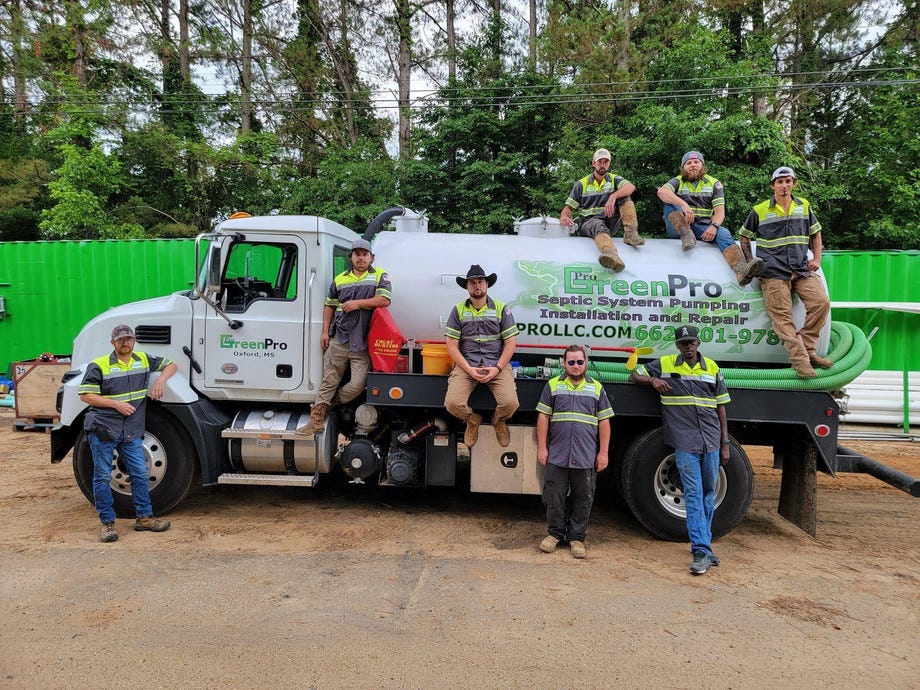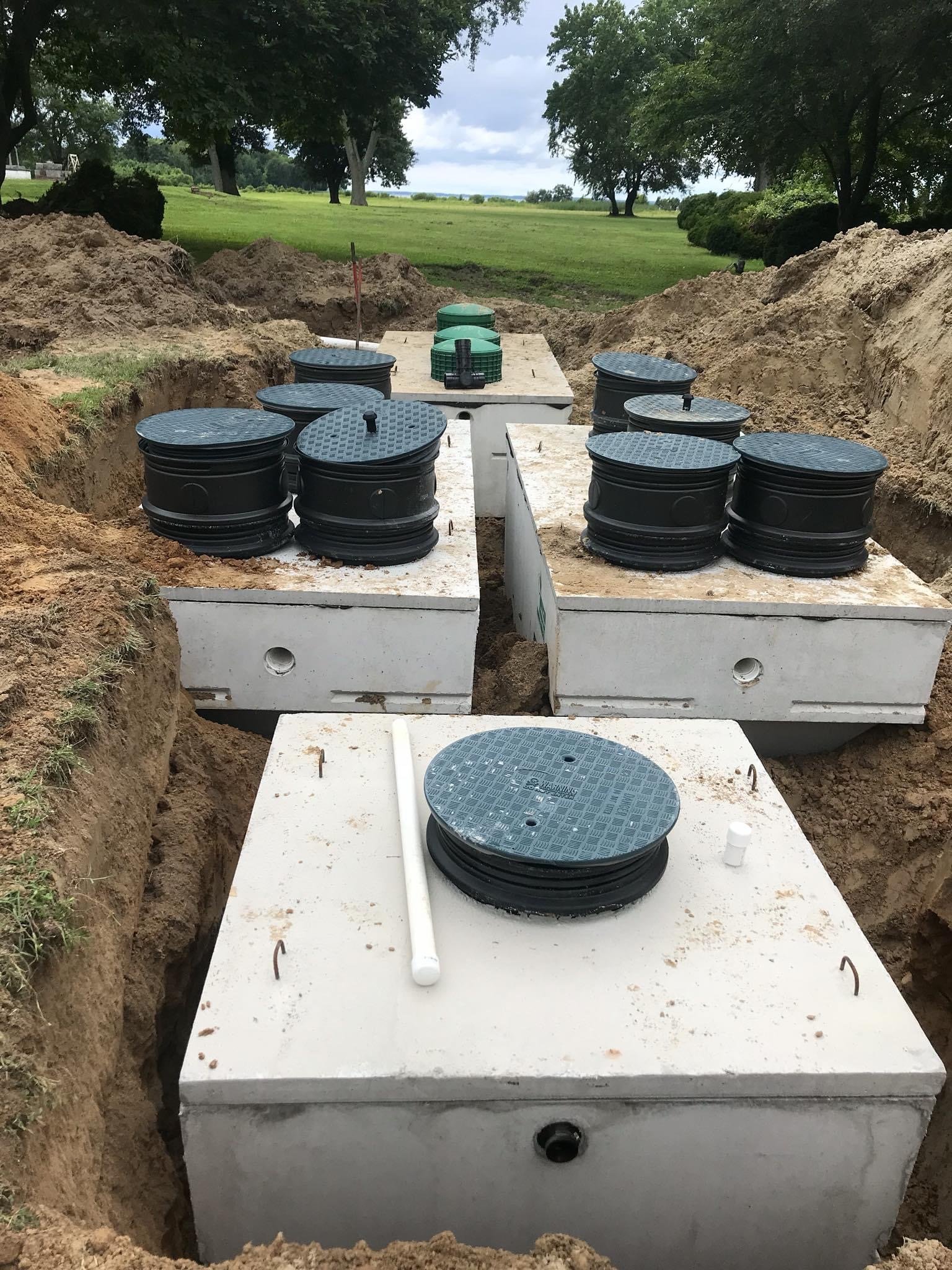Examine This Report on Stillwell Septic And Grading
Examine This Report on Stillwell Septic And Grading
Blog Article
Some Ideas on Stillwell Septic And Grading You Should Know
Table of ContentsStillwell Septic And Grading - The FactsThe Main Principles Of Stillwell Septic And Grading The Main Principles Of Stillwell Septic And Grading Not known Factual Statements About Stillwell Septic And Grading Little Known Facts About Stillwell Septic And Grading.An Unbiased View of Stillwell Septic And Grading
Repair dripping taps and plumbing components. https://allmyfaves.com/stillwellsag?tab=Stillwell%20Septic%20and%20Grading. A leaky commode can lose numerous gallons of water a day. Take shorter showers. Pursue less than 5 and do the shower jive. Take bathrooms with a partially-filled tub and do not leave the tap running when doing various other tasks. Clean just full tons of meals and laundry.
9 Simple Techniques For Stillwell Septic And Grading
Avoid burning stacks of leaves or branches over the drainfield, as the warm could damage the plastic pipes below. Limitation the addition of topsoil or garden compost to no more than a couple of inches over the drainfield. Septic Tank Installation. An excellent general rule for landscaping over drainfields is to make use of shallow-rooted plants that do not need extra topsoil to thrive
Grass is the most effective cover. Avoid trees, shrubs, and water-loving plants with deep origins. Lawns, blended wildflowers, and ground covers with superficial origins are good options. Plant trees and shrubs at the very least 30 feet away from your septic storage tank and drainfield to keep origins from getting involved in and breaking or obstructing the drainfield pipelines.
For more details please check out the Landscape design Your Drainfield web page. A septic tank failure causes unattended sewer to be released and carried to where it needs to not be. This may create sewer to find to the surface area of the ground around the container or the drainfield or to back up in pipelines in the building.
Stillwell Septic And Grading - An Overview
The person that falls in gets out without severe injury. However a youngster's heartbreaking death is a reminder to inspect your septic tank for damaged or missing out on lids. Proprietors of septic systems are in charge of making certain the systems are risk-free and feature correctly, consisting of having a safe and secure cover on the tanks
Routinely examine the problem of the covers for risks or troubles. Maintain the lids safe and secure by repairing or replacing all damaged or missing out on parts. Use bolts, screws, or various other locks to safeguard the covers and from this source prevent easy access. Never ever drive or park automobiles in addition to septic systems- it can damage or dislodge the cover.
Things about Stillwell Septic And Grading
Ensure the covers are safeguarded after working with your septic system. Show youngsters that the septic system lids are not to be played on or opened. Have septic systems that are no more in use appropriately decommissioned. For various other general risk-free practices around septic systems please review the Septics 201 DIY Program Septic Safety Tips.
Keeping in mind the levels will certainly help establish if there is a potential issue with the system. The storage tank will be entirely pumped down, getting rid of all of the liquid and solid waste - Septic Service, Maintenance and Installation. As soon as the storage tank is completely pumped, the inlet and electrical outlet tees of the will certainly be examined to guarantee they are still undamaged and working correctly
The 30-Second Trick For Stillwell Septic And Grading
If you are home at the time of service (totally not needed if that's not your point) you may be asked to flush your toilets to make certain every little thing is flowing effectively. As soon as the service is full, the sewage-disposal tank will be covered as it was when we arrived! Specialists suggest having your system pumped every 3 to 5 years yet several aspects should be taken into consideration when deciding exactly how frequently your sewage-disposal tank requires to be serviced.

If your septic has actually not been serviced in even more than 6 months, we would certainly want to service the septic. If the trouble continues, a drainpipe cleaner will then be sent out to clear the line to the septic storage tank.
A Biased View of Stillwell Septic And Grading

If the ponding is focused over the leach field that might indicate a leach line is blocked with Bio-Mat and requires to be fixed or replaced. Many sewage-disposal tanks have 2 to three covers; one over the inlet side of the septic container (where the water from your home gets in the storage tank), one in the center of the storage tank, and one on the outlet side of the container (where the liquid from the storage tank departures to your leach field).
Chopped up food fragments do not break down in the septic container and can make their method out right into your leach area lines triggering blockages. Rubbish disposals, also those significant septic safe, are ruled out helpful for your septic tank. Correct working level is where the water degree in your container fulfills the electrical outlet tee of the container.
Report this page